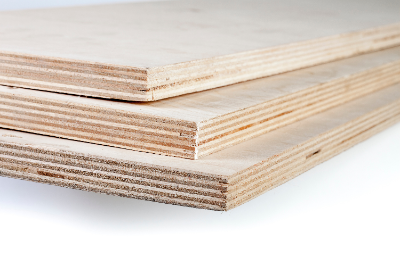What Is Veneer Plywood?

Veneer plywood, often referred to as decorative plywood, is a plywood variant enhanced for aesthetic appeal. It involves applying a veneer surface treatment to plywood sheets.
There are two primary types: natural wood veneer plywood and specially processed veneer plywood.
Uses of Veneer Plywood
Veneer plywood is extensively used in interior building materials, including ceilings, walls, doors, and furniture. Natural wood veneer plywood is popular in residential interiors, gymnasiums, and furniture surfaces. Synthetic resin laminated veneer plywood, known for its waterproofing capabilities, is often used in countertops and wet areas. Printed veneer plywood, offering varied designs, is used in furniture surfaces, kitchen veneers, and interior decor.
Principles of Veneer Plywood
Natural wood veneer plywood provides a solid wood-like texture by slicing natural hardwood into veneers. Specially processed veneer plywood receives treatments like painting and printing, with some varieties like polyester resin veneer offering waterproof properties and design versatility.
Types of Veneer Plywood
Veneer plywood varieties include sheets, single-veneer, and laminate. Sheet plywood includes olefin, vinyl, and reinforced paper. Single-veneer plywood includes high-pressure melamine decorative plywood, known for surface hardness and heat resistance. Laminate comprises low-pressure melamine decorative plywood, polyester veneer, and polyboard, each offering specific benefits like cost savings and ease of use.
How to Choose Veneer Plywood
Choosing veneer plywood depends on the desired aesthetics and functionality. Natural wood veneer plywood is ideal for wood-like beauty, while specially processed veneer plywood allows for diverse design options. Considerations such as heat resistance and durability are crucial for kitchen applications. It’s also essential to consider formaldehyde emissions for indoor air quality.